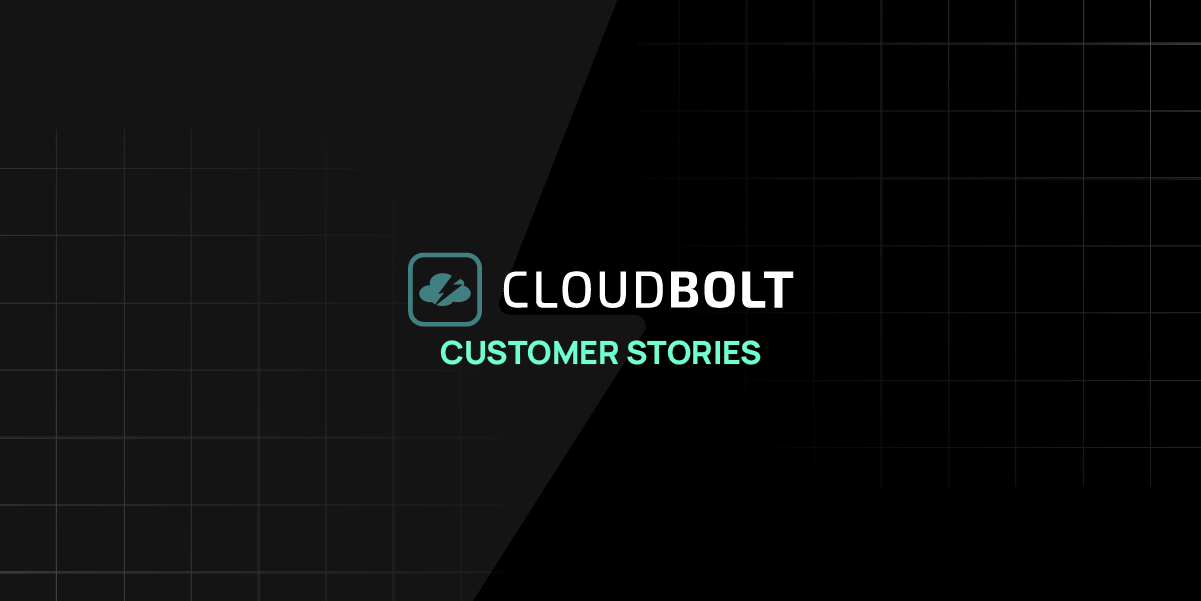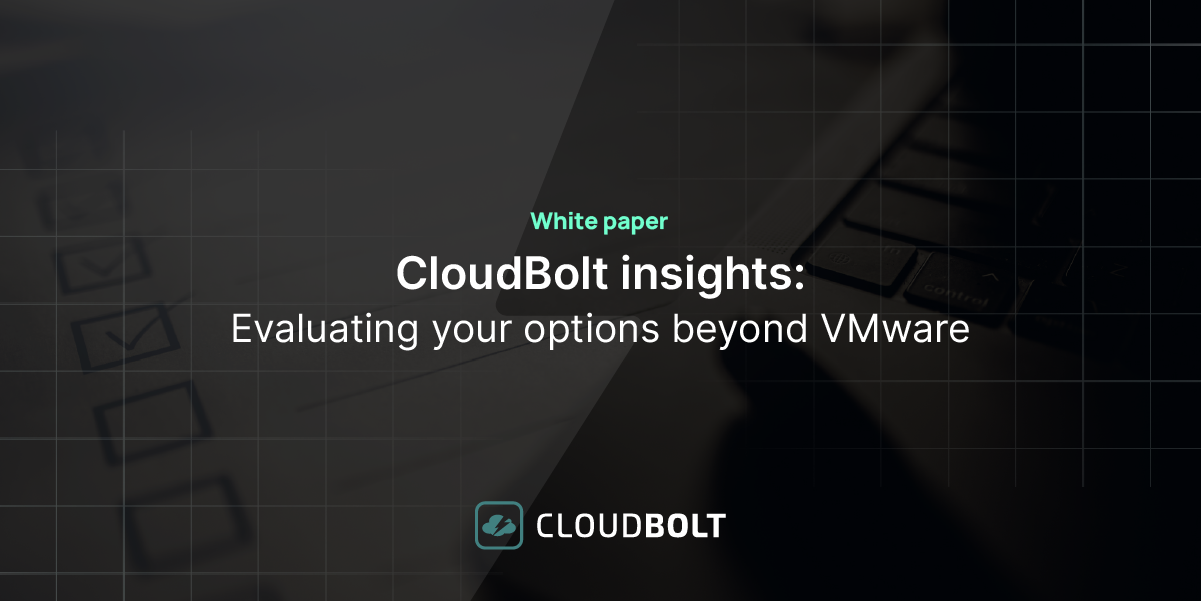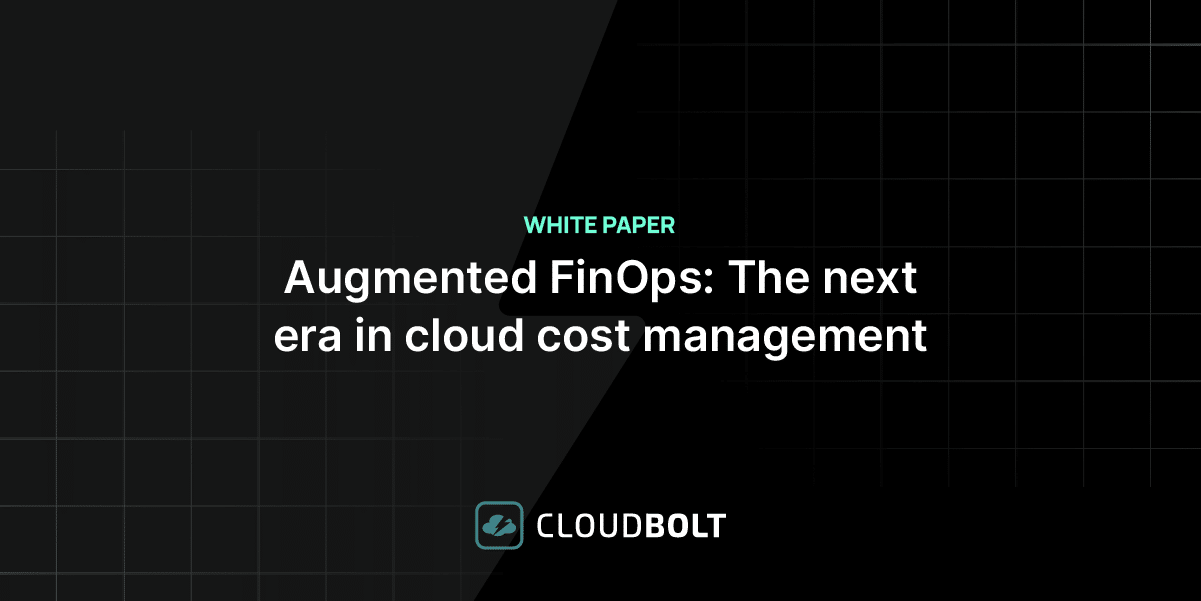
Case Study: US State Government Eliminates VM Sprawl
US State Government
- Department: Centralized IT Team
- Location: United States
Their Challenge
The state IT organization struggled with centralizing a large number of virtualization resources that were spread across separately managed vCenter and XenServer clusters. VM sprawl was costing the state thousands of dollars a month in infrastructure and licensing charges, and delays in resource provisioning resulted in a sharp increase of public cloud-based shadow IT environments that put sensitive agency data and security at risk.
Their Technology
- Virtualization: VMware vCenter, Citrix XenServer
- Cloud: Amazon Web Services, Microsoft Azure
- Configuration Management: Puppet
- Operating Systems: RHEL, CentOS, Windows
CloudBolt’s Competition
- VMware vCloud Automation Center
- Embotics
- Red Hat CloudForms
CloudBolt’s Solution
Summary
- Provided self-service IT to consumers
- Reduced VM sprawl
- Enabled selecting best-of-breed configuration management platform
- Provided accurate chargeback reports
- Enabled IT org to increase agility by adding new service offerings
Eliminate VM Sprawl
CloudBolt’s ability to ingest information about all of the VMs running across the state enabled the IT team to identify high-cost VMs that were being under-utilized. Unneeded VMs were terminated, freeing underlying server resources and software licenses.
Self-service IT reduced shadow IT
Shadow IT refers to unsanctioned IT solutions that grow in reaction to an IT organization’s inability to meet their consumer’s needs. Using CloudBolt to provide a self-service portal that automates the end-to-end provisioning and management of servers helped meet IT consumer’s need to receive on-demand access to servers.
Flexibility to choose configuration management solution
The state IT team wants to move past managing multiple VM templates and manual management of software application installation and configuration. They’re currently evaluating Puppet and Chef. CloudBolt’s integration with many industry-leading technologies gives them the ability to select the configuration manager that is best for their specific use cases.
Chargeback and showback reporting
The state’s previous chargeback reporting required significant staff effort to collect data from multiple systems, correlate it, and then assign it to the appropriate group for invoicing. CloudBolt streamlined this entire process, savings dozens of staff hours each month.
Increased agility and automated testing
Implementing CloudBolt enabled the IT organization to focus on tasks and projects that enabled them to create new offerings for their IT consumers, who can easily select from a list of available offerings from CloudBolt’s service catalog. Through the Continuous Infrastructure Testing (CIT), CloudBolt automatically tests the underlying service offering components to ensure they’re working properly, improving the end user experience.
Customer Findings
- Attained goal of sub-10 minute provisioning
- Rapidly eliminated VM sprawl
- Created an “IT vending machine” from existing virtualization environments
- Gained control of environment governance
- Easier to install and maintain than the competition
- Integrating chargeback exposed gaps in previous reporting
- Can grow into a configuration management tool of choice
The state’s evaluation and selection of CloudBolt was an easy one. Rather than “select the best of the worst”, they continued to search for a cloud manager that was both easy to install and configure, but would also grow with their requirements. Of the evaluated competition, only CloudBolt effectively integrated their existing infrastructure, making it easy to model and apply a rate structure.
The CloudBolt rate engine enabled the state to offer different rates on a per-environment basis. On install, CloudBolt reported a large cost delta between what the customer expected and what CloudBolt actually reported. After a bit of investigation, CloudBolt was deemed to be correct: the IT team discovered several TiB of allocated storage that had been routinely missed from manual chargeback accounting.
CloudBolt’s intuitive interface enabled the state to rapidly develop new offerings for their end users. The state could easily modify the ordering process to match the level of understanding of the end user, meaning the state could expand the self-service IT portal to serve nearly everyone who regularly requested IT resources or applications.[/vc_column_text][/vc_column][/vc_row]
Related Blogs

VMware Migration – Evaluating your Options
Near the end of 2023, millions of users waited with abated breath to see if Broadcom’s $69 billion acquisition of…

